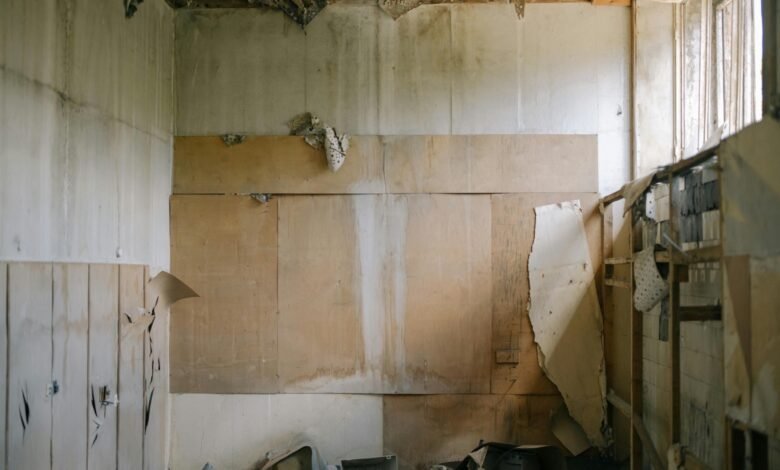Signs Your Ceiling Cracks Require Urgent Attention

Ceiling cracks always appear harmless, but they may be signs of something more serious in your home. You may notice a very thin line creeping along the ceiling and think it is due to aging or slight settling. But neglecting to address them can prove expensive in the long run. The key is knowing when they need a close inspection.
Let’s discuss the major indicators that your ceiling cracks need urgent treatment.
Huge Cracks That Only Expand
If you notice a developing crack that progresses with time, that is a sign. A developing crack in width indicates pressure on your ceiling, which is usually caused by the movement of structures, foundations, or the weight above the ceiling. Respond with haste if you notice any of these.
Water Stain Cracks
Water damage will most probably be the most perilous reason for cracks in the ceiling. Yellow-brown discoloration with a crack normally indicates water entry from a roofing leak or plumbing problem. Water weakens the integrity of the ceiling over time and may lead to collapse. In case you find water marks surrounding a crack, turn off the source and have it inspected. Closing some of these in some instances will involve sealing, repainting, or sealing with a protective coating such as a primer for epoxy in order to prevent further decay.
Cracks Along the Ceiling and Wall Connection
Do note cracks that run along where the wall and ceiling intersect. These are most likely an indication of foundation problems. When you notice your house settle or shift unevenly, the strain is manifested in those corner areas. These cracks are more than skin-level damage; they represent movement in the building. When the damage is left to itself, it propagates and becomes more difficult to repair.
Jagged or Zigzag Cracks
Straight cracks in the hairline are not so bad, but zigzag ones are something else. Zigzag is a sign of your home’s structure being subjected to too much stress. It usually shows up after an earthquake, intense storms, or renovations that changed the load-bearing capacity of your house. Such cracks weaken the ceiling and need to be addressed right away. When repairing these, professionals can even apply an epoxy primer so the repaired surface is well-adhered and also longer lasting.
Ceiling Sagging Around the Cracks
A sagging ceiling is one of the most visible signs that you cannot escape. If cracks begin to appear where the ceiling is sagging, that is a sign that the material is deteriorating. This could be the result of water accumulation, termites, or too much weight. Sagging and cracks are a deadly combination that causes it to fall.
Cracks After Recent Renovation
At times, cracks happen following the construction process or redesigning work at your house. While small ones are typical, observe keenly if they propagate rapidly or develop in groups. Over-stressing your ceiling could be due to heavy drilling, fixture installation, or wall position changes. Report the cracks right away and call your contractor in case of doubt.
Read also: Why Transaction Monitoring Is Critical for Fintech and Banks
Wrapping Up
Seek out spreading lines, water marks, wall joint cracks, uneven shapes, or sags. All of these are indications that your ceiling requires more than surface appearance repair work. Calling a professional right away just means that you value safety and your home’s long-term health. It is always better to err on the side of caution when you are not sure. Call in a professional to inspect the damage and prescribe long-term remedies.





